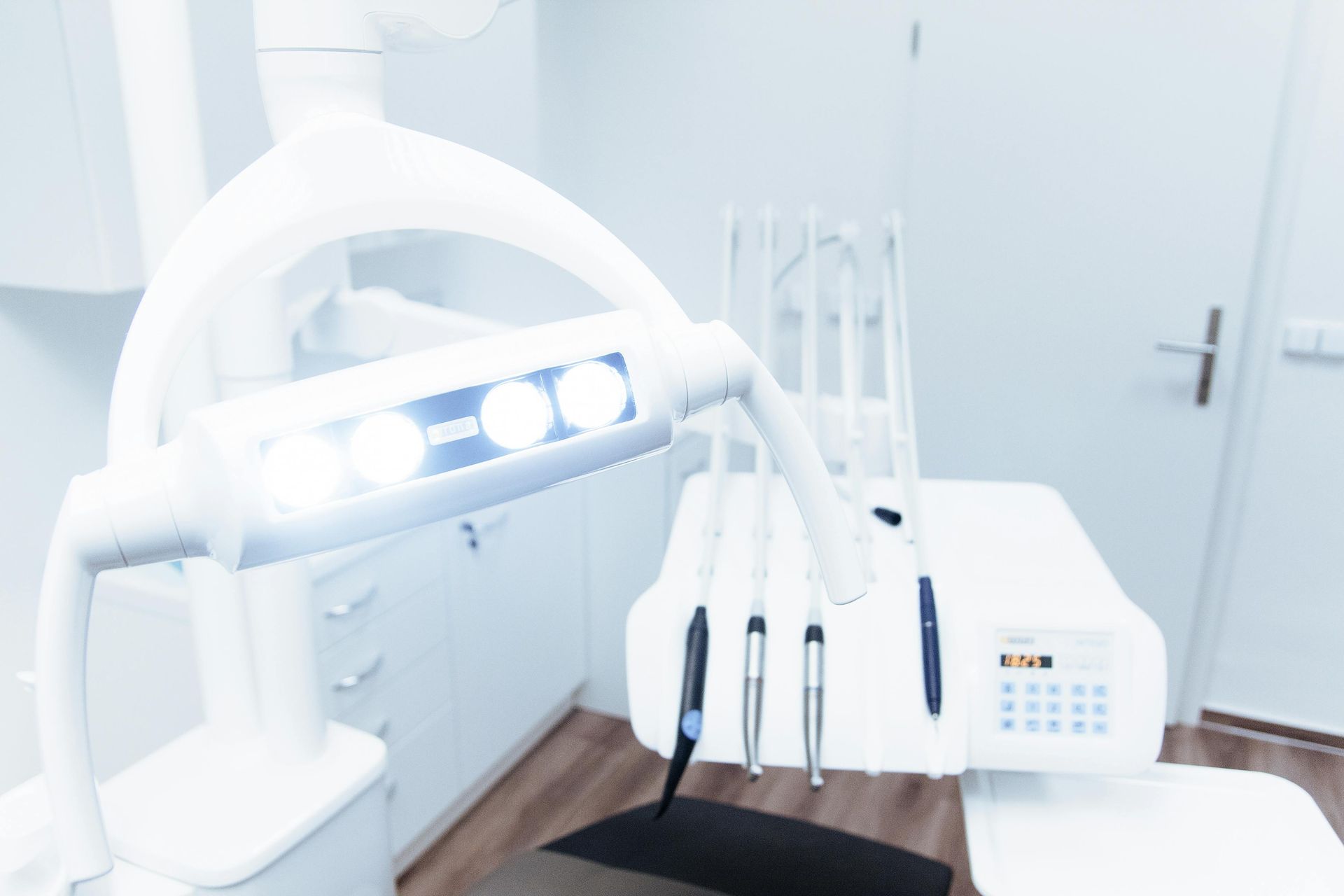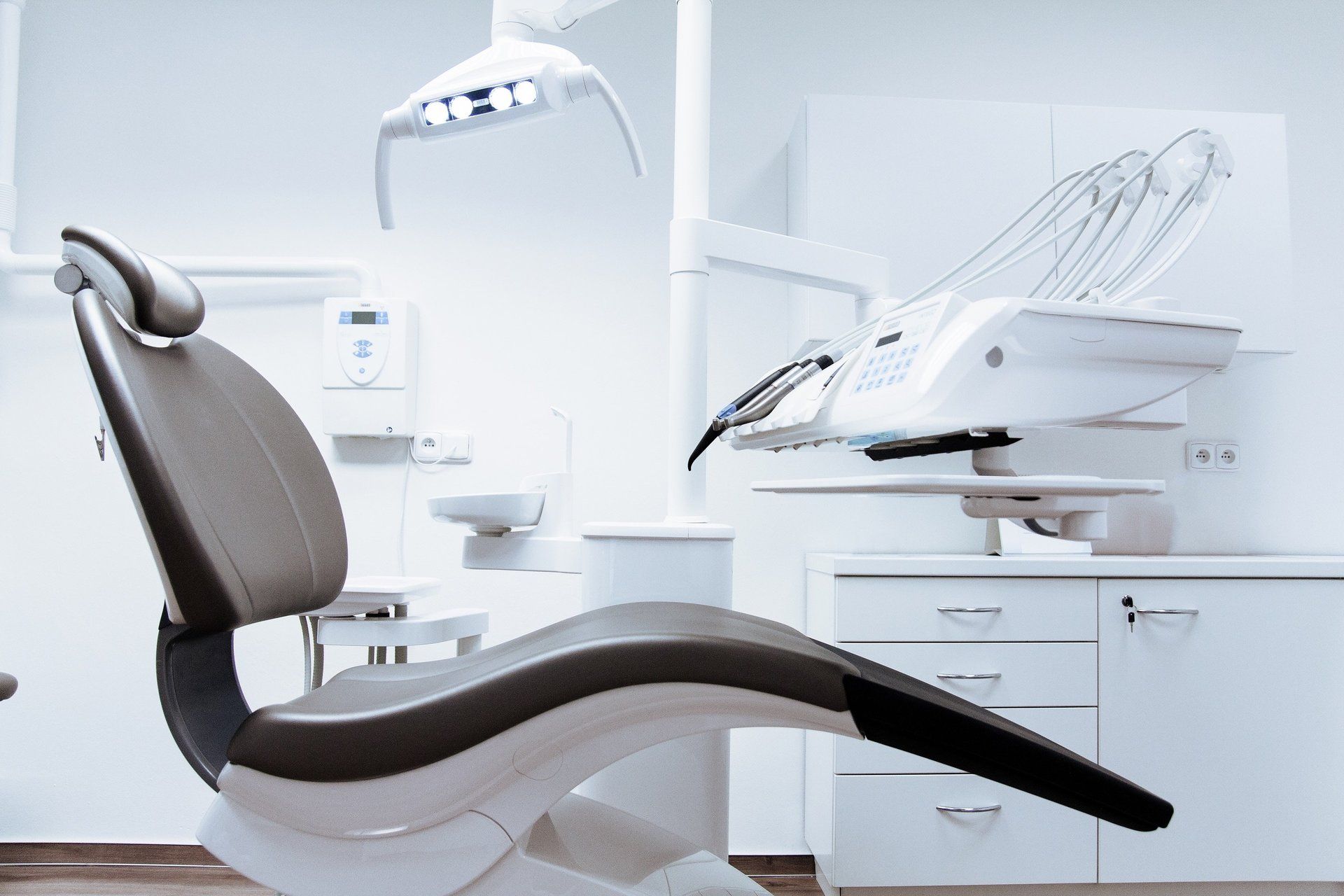Fall foods that are good for your dental health
Cooler temperatures are just around the corner, which means fall is almost here! There are so many wonderful things about fall, from the fun activities such as apple picking and visiting pumpkin farms, to enjoying the colors of the leaves changing. Another great thing to add to your list is enjoying some of the delicious foods that relate to the fall that are actually good for your dental health. Below are the best fall foods for you to enjoy this season.
Pumpkin
Pumpkin is one of the symbols of fall and you may have already noticed the ads for pumpkin spice lattes. Pumpkin has become a popular ingredient for both cooking and baking and the good news is that in addition to being delicious, pumpkin is also full of vitamins and minerals.
Pumpkin contains zinc, and people who are deficient in zinc tend to have bleeding gums, poor dental health and bones that are not very strong. Pumpkin also has 100% of the vitamin A your body needs, 20% of your vitamin C and is also high in magnesium, which works with calcium to keep the enamel in your teeth hard. Another great health benefit is that it is high in beta-carotene, which has been shown to be vital in fighting a few different types of cancer.
Keep in mind that although pumpkin is a wonderful nutrient-rich food, you want to stay away from the sugary drinks and desserts, since those will not be good for your dental health. Instead, choose other types of pumpkin foods, such as soups, breads or homemade smoothies.
Apples
It is no surprise that there are many wonderful health benefits with apples and nothing says fall like the smell of apple cider or visiting an apple orchard. There are a few different ways in which apples benefit your dental health. The first is that apples have a crunchy texture and when you chew a crunchier type of food, it stimulates the production of saliva in your mouth, which washes away bacteria and keeps your mouth clean.
Secondly, the texture of apples also acts as a natural scrubber for your mouth. Apples do a great job at getting food particles out of your teeth and preventing plaque from building up. Although apples do contain a high amount of natural sugar, apples are also high in fiber and water, so this provides a balance.
Just like with pumpkin, you do also want to make sure that you are choosing wisely when consuming foods or drinks that are made with apples, since many will involve adding in extra sugar. Raw apples are a delicious treat and there are also other dessert recipes that are lower in sugar and are better for your teeth. If you are going to indulge in some delicious apple cider or apple pie, just make sure that you brush your teeth afterward to ensure that the sugar is removed from your mouth.
Cranberries
Cranberries contain polyphenols and this is what acts as a repellent for bacteria in your mouth. There are properties of cranberries that also actually promote the good bacteria in your mouth. Since cranberries tend to be tart, there are many recipes that add in a lot of sugar to counteract that tartness. When indulging in a food or drink made with cranberries, you will want to use unprocessed cranberries or make sure you drink juice that is 100% juice and does not have any added sugars.
Pumpkin seeds
Carving a jack-o-lantern is often a favorite fall pastime and one of the best things about carving a pumpkin is taking out those delicious pumpkin seeds to roast in the oven. Pumpkin seeds are very high in nutrients, including fiber, protein, phosphorus, iron and calcium. Since tooth enamel is made up of phosphorus and calcium, this is a wonderful food to eat, since it will help your enamel to stay strong.
Now that you know about some of the fall foods that will benefit your oral health, go on out and find a fun fall fest and taste some of these delicious treats!











